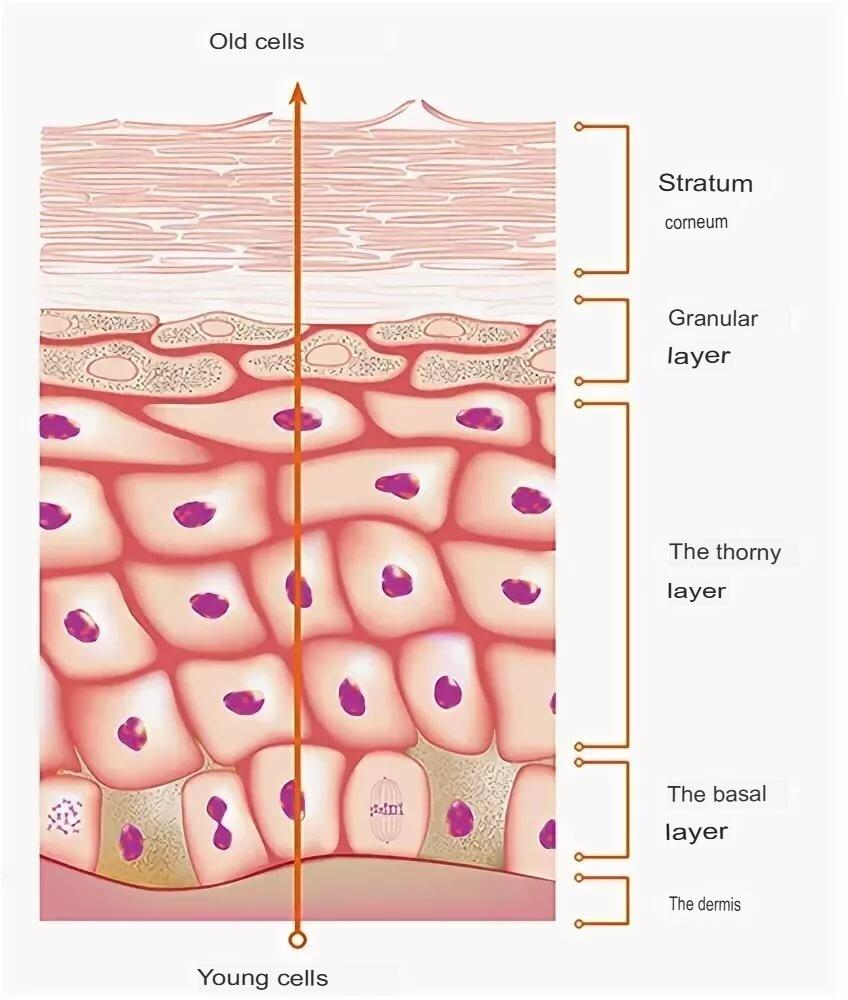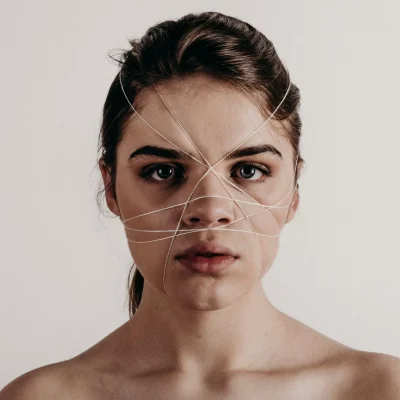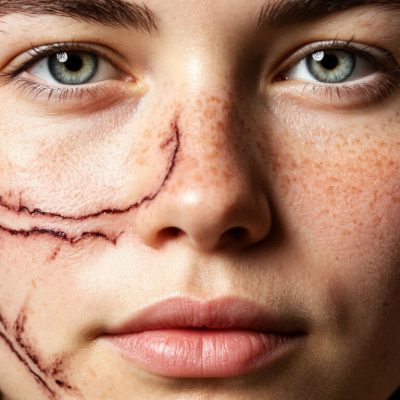Have you ever noticed tiny white bumps beneath the delicate skin around your eyes or cheekbones? Like minuscule pearls resting just beneath the surface, these little intruders are known as milia — sometimes referred to as “milk spots” or “seedlings.” Often mistaken for pimples or whiteheads, milia are an entirely different story — subtle, quiet, and surprisingly complex.
In this guide, we’ll explore the true nature of milia — why they form, what they’re trying to tell us, and most importantly, how to remove them without damaging our skin’s delicate balance. Spoiler: it’s about more than just exfoliation. Sunlight, hormones, and even stress may be in on the secret.
What Are Milia — and Why They’re Not Pimples

The word milia comes from the Latin for “millet,” and once you see them, the name makes perfect sense. These tiny cysts aren’t filled with oil or bacteria like comedones — they’re made of keratin, the same protein that makes up your skin, hair, and nails. That’s why they feel firm to the touch, almost like grains of sand beneath the skin.

They don’t hurt. They don’t inflame. But they do interrupt the soft, glowing texture we all long for. And while they’re not harmful in a medical sense, they can be signs of deeper imbalances — gentle nudges from your skin asking you to slow down and listen.
The 5 Most Common Causes of Milia (and How to Spot Them)
- Slower Skin Renewal with Age
As we age, our skin’s renewal cycle slows. What used to take 28 days might now take 70 or more. Dead skin cells linger on the surface, leading to thickened, rough patches — the perfect environment for milia to form.
- Skin Trauma (Even the Subtle Kind)
Rubbing, scratching, popping pimples, or even minor burns can trigger protective responses in the skin. During healing, the body rushes to create new skin cells — sometimes too many — resulting in tiny keratin-filled bumps.
- Sun Exposure (The Invisible Aggressor)
The sun’s rays do more than tan or burn. They can thicken the outer layers of the skin, speeding up keratinocyte production in a desperate attempt to protect you. While melanin gives you that summer glow, excessive UV exposure builds up the very cells that become trapped and form milia.
- Hormonal Imbalances
Hormones are deeply involved in skin health. Androgens (even the ones in female bodies) can stimulate keratin production. A drop in estrogen can leave skin drier and more prone to buildup. Thyroid hormones, adrenal hormones like cortisol — they all play a role in how our skin regenerates and protects itself.
- Underlying Skin Conditions
Chronic skin conditions like eczema, seborrheic dermatitis, or psoriasis can accelerate keratin production. When the skin is already inflamed or sensitive, milia are more likely to appear as secondary symptoms.
How to Remove Milia

Let’s be honest — no cream or serum is going to dissolve milia once they’ve formed. These tiny pearls won’t vanish overnight, no matter how many promises are written on a jar. The only real way to get rid of them? Extraction by a trained professional.
That could mean:
- A gentle manual extraction during a facial
- Laser therapy
- Cryotherapy (freezing)
Yes, it’s technically possible to remove them at home with sterilized tools and surgeon-level steadiness. But it’s risky — you might trigger inflammation, scarring, or even a comeback cyst. And we don’t want a revolving door of skin issues, do we?
Prevention methods
To keep milia from reappearing, we have to go deeper than the surface. Prevention is about treating the skin with respect, gentleness, and wisdom. Here’s how:
- Get a hormonal checkup. If milia are recurring, visit a dermatologist or endocrinologist to rule out internal imbalances.
- Protect your skin from trauma and sun. No scratching, picking, or rubbing. And never skip your daily SPF — look for formulas labeled PA, UVA-PF, or Broad Spectrum.
- Use gentle cleansers. Harsh surfactants can strip your skin’s protective barrier, causing dryness and an overproduction of oil. Avoid SLS, and look for ingredients like Cocamidopropyl Betaine or Disodium Laureth Sulfosuccinate instead.
- Incorporate skin-renewing actives. Think retinol, niacinamide, and ceramides. They encourage healthy cell turnover and strengthen the skin barrier.
- Exfoliate mindfully. Ditch abrasive scrubs — they’re too rough for sensitive skin. Choose enzymatic peels or mild acid-based exfoliants to softly dissolve dead skin and support renewal without harm.
💬 Have you ever dealt with milia? What worked for you? Share your story in the comments — your experience could help another woman feel seen 💛







